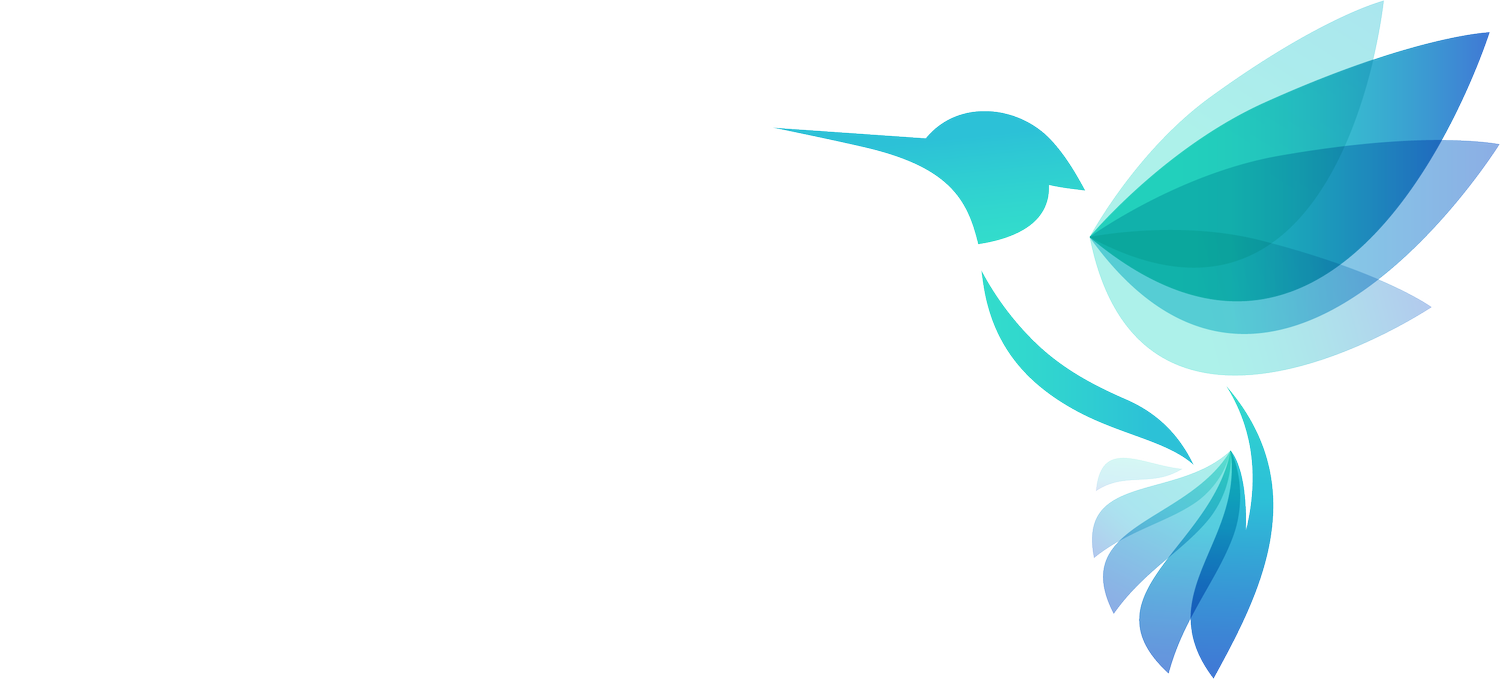Symmetry and flexibility...opposing or complementary factors?
I recently had the opportunity to visit Egypt and spent many hours wandering around the ancient architectural wonders where symmetry and rites played a critical part of life.
It got me thinking about the concept of things being opposed and equally balanced.
We hear a lot about work-life balance. As an entrepreneur who runs 3 companies and works from a home office, the concept of work-life doesn’t exist…it’s just life! Sometimes I’m mainly working, sometimes I’m mainly being a mum, sometimes I’m doing both at the same time and running a bit ragged…and occasionally I have time for myself!
Similarly we talk about professional traits as though they can’t be part of the same experience, part of our same personality.
But they can.
You can be kind and driven, ambitious and go-with-the-flow, introverted and extroverted, friendly and strong-willed. And you can also be confident and self-conscious, clear on your value yet vulnerable. The key is knowing when to lean onto which trait(s) for the situation at hand.
I’ve talked previously about how falling into binary thinking is dangerous, particularly when we think about people, human experiences, organisational dynamics, leadership and change. I think the same goes when thinking about our lives and our personalities.
If we think or label in concrete terms, we risk painting ourselves into too rigid a space, or an identity, that may seem comforting and a place of strength but can also be imprisoning.
On the other hand, it’s also helpful to be reminded of the need for some symmetry in our lives.
If we expend energy on work, save some energy for yourself, if you spend some money on your business, also spend some on your home or family, if you spend time thinking about the vision for your company, take the time to envision your whole life in the future too. We can’t be everything to everyone but neither can we be too much of one thing.
In the ancient Egyptian temples there was a set plan that leads from the more public spaces into gradually more private spaces, ending in the inner sanctum where only the select one or two were allowed. This progression is shown both in size of space and in the available light - the public spaces are bright and open, the private spaces are darker and more private. And from the truly public space, you cannot see the inside the truly private space.
There are connections here to how we now live our lives and manage our professions - we have public personas and we have private lives, and the thresholds of each are different for every one of us.
We also have spaces that flex - e.g. we share our personalities and our personal stories to support, inspire and influence others.
It’s when we go too far either way, or conversely we won’t adapt those spaces to meet our purpose, needs and vision, that we can run into trouble.
So…symmflex?

